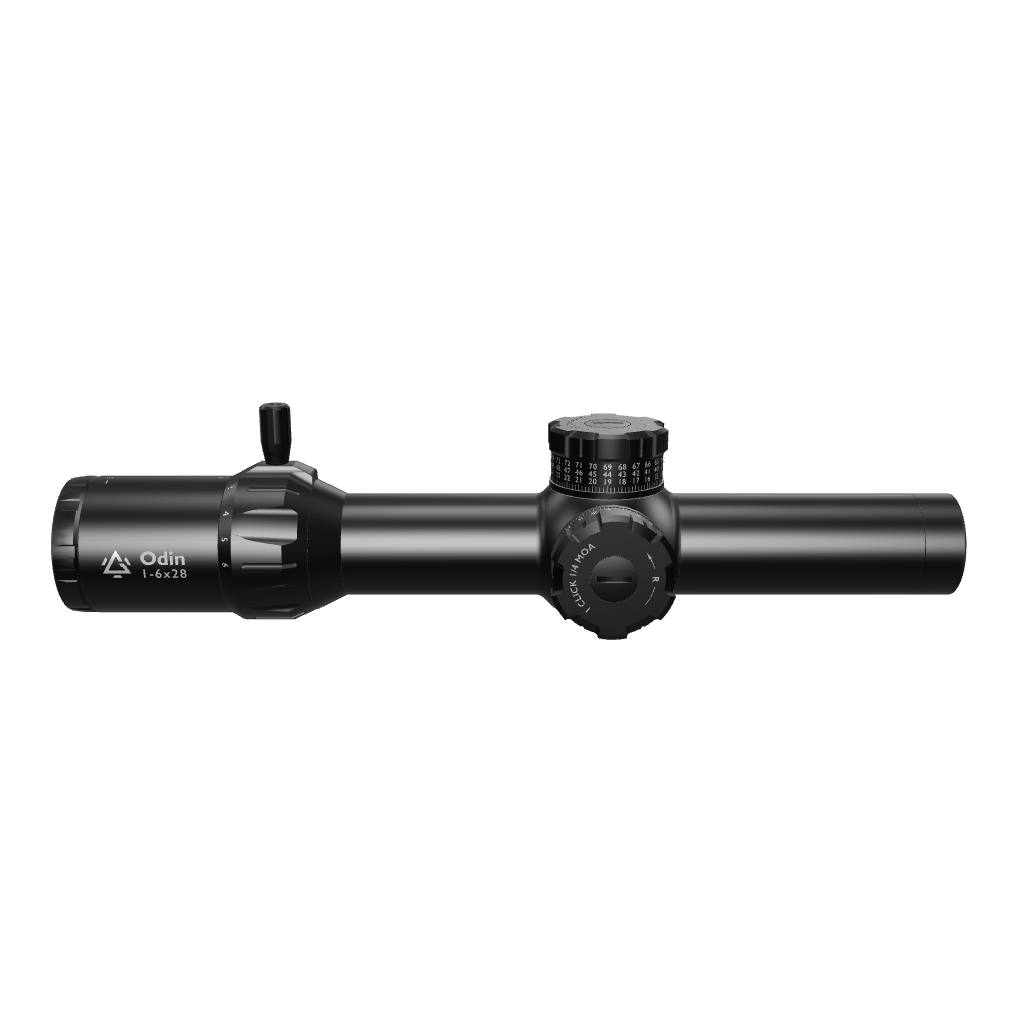5 Steps to Properly Zero an Lpvo for Pinpoint Accuracy
All shooters who use gun scopes would agree that knowing how to zero a scope is an invaluable skill to have and that zeroing is a crucial maintenance procedure that must be done on a regular basis. Fortunately, it generally doesn’t take a lifetime of experience or a wealth of expertise to zero a gun scope. An important fact to keep in mind is that different scopes have varied zeroing processes depending on factors like brand, magnification, and reticle type. LPVOs (Low-Powered Variable Optics) have variable magnification, so properly zeroing an LPVO requires extra time, care, and patience to maintain accuracy across its entire magnification range. This blog will discuss zeroing, what it is, and why it is important, and provide quick steps and tricks on how to zero an LPVO to pinpoint accuracy. Read to the end to find valuable information on where to get top-quality LPVOs, gun scopes, and other accessories.
WHAT DOES IT MEAN TO “ZERO” A GUN SCOPE?
To “Zero,” a gun scope means adjusting the scope’s settings and parts to ensure that the point of aim matches and perfectly aligns with the point of impact of the bullet. In layman’s words, zeroing is the process whereby gun users adjust the gun scope settings to ensure that the point they are aiming at is aligned with the point where they want the bullet to hit. The process of zeroing often involves making adjustments on the windage and elevation points on the scope while firing some “test” shots until the point of aim matches the point of impact.
It takes a meticulous and patient person to mount an LPVO. This is not an indication that the process is difficult or complicated. The following steps simplify the process of mounting an LPVO, making it easy and feasible for anyone:
STEPS TO ZERO AN LPVO
STEP ONE: PREPARATION
1. Check your Scope Type:
Not all LPVO scopes are the same. “LPVO” simply stands for Low-Power Variable Optic,” a term that describes a category of optics that may vary according to brand, magnification, and reticle size. The following types of optics are all LPVOs:
First Focal Plane (FFP) LPVOs: A type of LPVO where the reticle is located in the first focal plane, and it changes in size at different levels of magnification.
Second Focal Plane (SFP) LPVOs: Another type of LPVO where the reticle is located in the first focal plane, and does not change with variation in level of magnification.
Illuminated Reticle LPVOs: An LPVO equipped with an aiming point such as an illuminated center dot.
Segmented Reticle LPVOs: LPVOs with multiple aiming points or hash marks for ranging, holdover, and windage.
All these different LPVOs have different retinas, could be of different brands, and therefore have varied zeroing processes.
2. Determine your Zero Distance
The distance at which you zero depends on the reticle and the intended use of the rifle. The most common zero distance is 100 yards, which is usually ideal for BDC (Bullet Drop Compensation) reticles or point blank zero for calibers like 5.6mm and .308
- Stable Firing Position: Achieve a stable position, preferably prone for military applications.
- Scope Setup: Maximize magnification and adjust eye relief to eliminate shadows. To maximize magnification, start at lower magnification (preferably 1x or 2x) for a wider field of view. To adjust and ensure proper eye relief, position your eye at the correct distance from the ocular lens according to the specifications of the manufacturer.
- Reticle Focus: Use the ocular adjustment to ensure the reticle is clear of dust, dirt, or smudges.
- ADDRESS PARALLAX: Parallax happens when the position of the reticle appears to shift (in relation to the target) as the shooter moves their head. Adjusting for parallax ensures that the reticle remains accurate despite slight head movements. High-end scopes have dedicated knobs for this, but adjustments can also be made manually by ensuring equal shadow around the sight picture.
STEP 2: INITIAL SHOT GROUP
At this stage, it is crucial to control the firing. The objective of the first few shots is to assess the current state of the LPVO and determine the amount of adjustment that would be needed.
- First Five Rounds: Start by Shooting a five-round group at the target without adjusting the scope.
- Analyzing Shot Group: Note where the group is hitting relative to your desired target, then measure the shot group to determine necessary adjustments. For a mil scope, use centimeters (e.g., each click on a mil scope at 100 meters is one centimeter).
- Making the Adjustment: Adjust the scope based on the shot group measurement. Elevation and windage adjustments to the LPVO’s turrets would likely have to be made in order to align the reticle. Move in centimeters or clicks as required.
Example: If shots are 7 cm right and 3 cm low, adjust seven clicks left and three clicks up.
STEP 4: CONFIRMING THE ZERO
- Second Five Rounds: After adjustments, shoot another five-round group to confirm the zero.
- Fire and Fix Again: Repeat the process, if necessary, until the shot group is centered.
- Magnification: Gradually increase the magnification, reconfirming the zero at each higher power setting. The zero may shift with an increase in magnification.
STEP 5: FINAL STEPS
Once zeroed, confirm data at different distances to ensure accuracy.
Use Allen wrenches to "slip" the scales, if applicable, for those dialing adjustments.
Gogunnr is a highly trusted, reliable provider of gun scopes rifle scopes, and other accessories. With several years of experience in the field, Gogunnr has an impressive array of high-quality but affordable LPVO scopes from which you can choose. Check out the Gunnr website for your LPVO scopes, and for more rifle protection tips and information, check out more blogs on the website.







